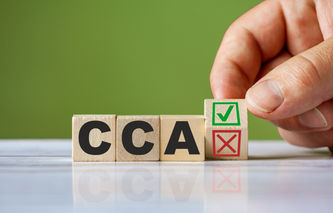Definition
The financial accounting term monetary items refers to those assets and liabilities whose value is measured and stated in cash. Examples of monetary assets include cash, accounts receivable, notes receivable, and investments. Examples of monetary liabilities include accounts payable, notes payable, sales taxes payable, and various accrued expenses.
Explanation
The dollar is a unit of measure used to quantify the value of assets and liabilities appearing in a company's financial statements. Monetary items are those assets and liabilities appearing on the balance sheet that are cash or readily converted into cash. Generally, current assets and current liabilities are also monetary items.
The important characteristics of monetary items are twofold:
Inflation: while inflation may erode the purchasing power of a monetary asset such as cash, it does not change its numerical value. For example, if a company didn't touch a bank account with a balance of $10,000,000 in cash, it would still have $10,000,000 at year's end, even if double digit inflation were plaguing the economy.
Restatements: while accounting principles may require the value of certain assets and liabilities to be restated as they change, the value of monetary items is never restated. For example, companies are required to adjust the value of investments held for trading purposes as the market price of those securities change over time.
The concept of monetary items is important to alternative accounting methods such as constant dollar accounting and current cost accounting. For example, constant dollar accounting calls for the conversion and reporting of historical financial information in current dollars, while current cost accounting refers to an approach that values assets and liabilities at their fair market value rather than historical cost.
In practice, current costs are typically determined using a price index that's specific to the book value of the asset, while the conversion method uses a general measure of inflation such as the Consumer Price Index published by the Bureau of Labor Statistics.



